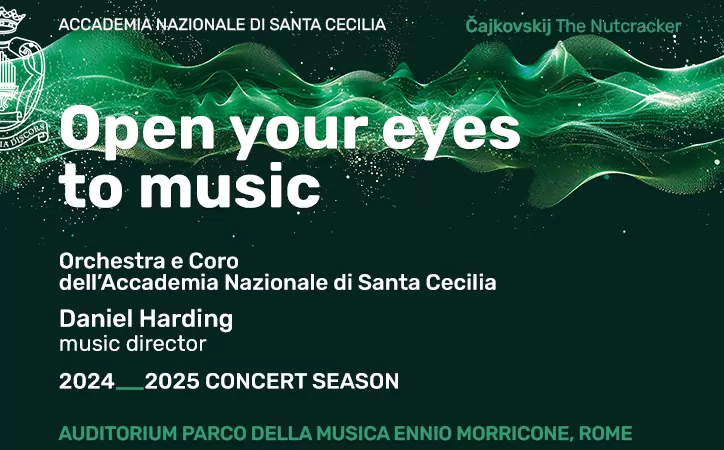Italian immigration in focus
Domestic news in Italy over the summer is typically dominated by immigration issues and this summer has been no exception. While newspaper headlines told of the unfolding crisis in the Middle East, inside pages carried reports of boatloads of migrants and refugees from Africa and beyond landing on Sicilian shores: mostly men, but also women and children, arriving from Morocco, Tunisia, Ethiopia and Eritrea, among other countries, without documents or possessions, in search of a better life in Europe.
According to interior ministry figures 12,102 migrants arrived in Italy illegally by boat between 1 January and 31 July this year, against 10,119 over the same period in 2005. The increase can be explained in part by last years clampdown on illegal immigration in the Spanish enclaves of Ceuta and Melilla on the Moroccan coast, which until then had been the preferred port of entry for many people heading for Europe. Furthermore, this figure to which must be added the hundreds of people who have arrived since the start of August is only the tip of the iceberg, as an unknown number of migrants do not survive the crossing and are lost at sea.
Nor is the tragedy unique to Italy: according to the Spanish authorities at the beginning of September over 21,000 Africans had landed in the Canary Islands since the start of this year against 5,000 in the whole of 2005: at least 490 bodies had been recovered from the sea and a further 2,000-3,000 people were reported missing.
These are desperate people in search of hope, says Franco Pittau, coordinator of the annual report on immigration in Italy published jointly by Caritas Italiana and Migrantes. There is huge pressure on Europe from developing countries. Tackling immigration is about addressing the needs of the world.
Following the implementation of bilateral agreements between Italy and the government of Tirana to stem the flow of migrants through Albania, the so-called carrette del mare increasingly small, unseaworthy vessels operated by criminals who demand in the region of $1,000 from their passengers in exchange for a place on board now almost all originate from north Africa, especially from Libya. Rome and Tripoli are working together to contain the activity but the government of Colonel Muammar Gaddafi is making full collaboration conditional upon receiving aid from Italy and Europe, including equipment allegedly needed to patrol Libyas 4,400 km of land borders and 1,770 km of coastline. Meanwhile, Italys interior minister, Giuliano Amato, has announced new, tighter anti-trafficking laws and created two special task forces in Sicily comprising law enforcement personnel and prosecutors to investigate the racket and bring traffickers to justice.
However, these measures are clearly not enough; according to Pittau an effective immigration policy requires parallel strategies of promoting development in source countries and establishing a more realistic approach to immigration, with reasonable quotas for work permits that match demand and supply.
In reality, it seems the government led by Romano Prodi is already moving in this direction. In late July the interior minister announced a new quota of 350,000 work permits for non-EU immigrants for 2006 in addition to the original quota of 170,000 established by the former centre-right government after the immigration authorities received 517,000 applications by the 21 July deadline. Further, in an interview in Il Messaggero on 30 August, Amato floated the idea of returning to a system of allowing non-EU immigrants into Italy to look for work rather than making legal entry dependent on them already having a job lined up a prerequisite established by the Berlusconi government which has forced many aspiring economic immigrants to seek entry by illegal means.
Matching demand and supply can also be a good way of promoting development in source countries, as Pittau points out. Remittance money sent by migrant workers to their families back home is increasingly recognised as having a fundamental role to play in boosting the local economy, often outstripping official aid. Immigrants are like a bank, says Pittau.
As of 31 December 2005, there were just over three million immigrants legally present in Italy up from 2,786,340 at the end of 2004 or five per cent of the total population of just over 58 million, according to Caritas figures. This compares with 4.8 per cent in the United Kingdom (2003 figures), 5.6 per cent in France (1999 figures) and 8.9 per cent in Germany (2001 figures). Of the new arrivals in Italy in 2005, almost a half (44.5 per cent) came from Europe, with Romania in the lead, followed by Asia (21 per cent) and the Americas (18.1 per cent), while Africa once the principal region of origin came in fourth (15.9 per cent) and Oceania (0.5 per cent) brought up the rear.
Of the 224,080 visas issued to non EU-citizens in 2005, almost 90,000, or 40 per cent, were for family reunions and nearly 80,000, or 36 per cent, for work purposes. The remaining 25 per cent were issued for a combination of diplomatic, study and religious reasons. The immigrant workforce in Italy is characterised by a high percentage of people (over 50 per cent in some regions) working as carers for the sick or elderly, and with a steadily ageing population, the number is set to rise.
Perhaps in recognition of the growing importance of the immigrant community in Italy, in early August the government announced a bill reducing the residency requirement for non-EU immigrants wanting to apply for Italian citizenship from the current ten years to five. Under the bill, children born of two foreign parents would also gain Italian citizenship rights providing at least one of the parents has been legally resident in Italy for five years. Applicants for citizenship would have to sit and pass a test along the lines of those already in use in the United Kingdom and Germany, details of which still have to be worked out. However, it is expected to include a test of language ability and knowledge of the constitution. The bill, which has the strong backing of the president of the republic and former interior minister Giorgio Napolitano, is due to be presented to parliament this autumn.
The Caritas/Migrantes report on immigration in Italy for 2006
is due to be presented on 25 October. For information
see www.caritasitaliana.it. See also www.stranieriinitalia.it .


















